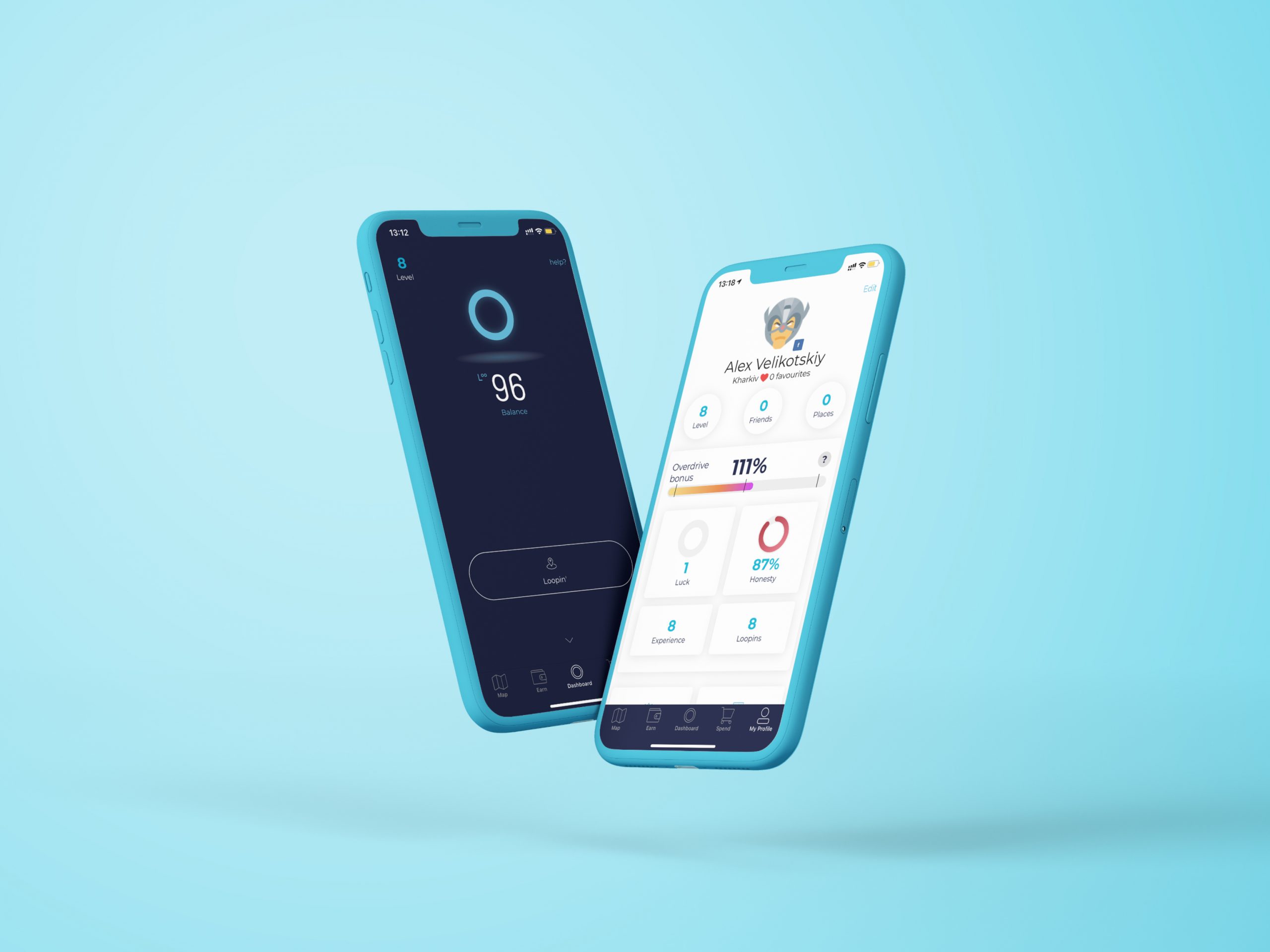
Prosperity Software has been developing mobile apps for 4 years. During that time we were asked numerous times on cross-platform development hints to simplify the decision-making process. In this article, we summarised our experience to help you with your research.
Cross-platform development is still considered as a trend in software development.
In 2020, we have seen new frameworks entering the markets, robust growth of Flutter, and React Native strengthening their position to accelerate app development process. With these changes, however, key things businesses should take into account when building cross-platform apps, are yet the same.
- User profile
Customer-centricity is the key. Good old rule works here best. Research your customers profiles. Keep in mind their geography, since it matters on their device preferences and shopping activities through Play Store and App Store.
As StatCounter says, European users favour the Android platform, while the US market shares broad support to iOS devices in 2020. Most likely, in 2021 this tendency will keep.
- Technology stack
There are plenty of cross-platform frameworks with their pros and cons. Learn Flutter by Google, React Native by Facebook, and Progressive web applications potential and limitations. Talk to experts to identify the technology stack which suits your business needs.
Both Flutter and Reactive Native have millions of community supporters. They actively develop their solutions, which means we should expect enhancements to take full advantage of their systems.
- Features
The more precise your scope is, the better for the project.
If you plan complex features and integrations, be careful with the product quality. Very often what works for native apps, like video streaming, large image processing or IoT integration, can work with multiple issues or even fail for a cross-platform app.
Just from the project kick-off, ensure all your priority features are possible to implement within your cross-platform solution.
- UI-UX
UI-UX plays a vital role in mobile development. Users don’t really care what’s there under the hood, they just expect a handy app with high performance. In cross-platform app development, however, sophisticated UI features work poorly. Communicate your design expectations with the team, so that you won’t fix anything at the delivery phase.
- Budget and timeline
Cross-platform apps are associated with cost-effective software development. And it’s true at some point. You pay less, since you have one team instead of two, there is no need in testing across numerous devices, so that you get your app faster. But with less functionalities.
Related Case Studies:
- Cruise – React Native Application
Get in touch with us to discuss your project, and see how we can help to streamline your application development.
 Back
Back
